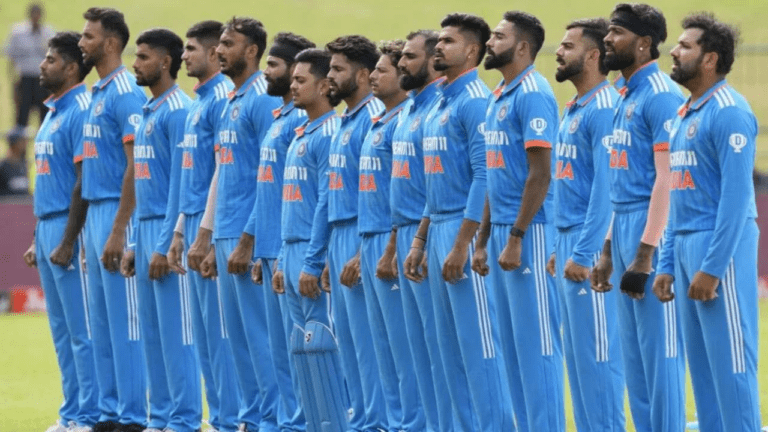IPL and Its Impact on Indian Cricket Administration
Gold365, Play99exch: With the advent of T20 cricket in India, the landscape of the sport underwent a dynamic transformation. Shorter matches, accompanied by high-octane entertainment, captured the attention of fans across the nation. The fast-paced nature of T20 cricket resonated with viewers, attracting a wider audience beyond traditional cricket enthusiasts.
The Indian Premier League (IPL), launched in 2008, served as a catalyst for the exponential growth of T20 cricket in India. The league not only showcased top international talent but also provided a platform for emerging Indian players to shine on a global stage. The infusion of glitz, glamour, and innovative gameplay in T20 cricket revolutionized the way the sport was perceived and consumed in the country.
Evolution of Indian Cricket Administration
Indian cricket administration has transformed significantly over the years, shifting from a relatively informal and unstructured setup to a more organized and professional system. The Board of Control for Cricket in India (BCCI) has played a pivotal role in this evolution, gradually adapting its practices to meet the demands of the modern game and the expectations of players and fans.
With the advent of technology and the commercialization of the sport, the Indian cricket administration has had to navigate complex challenges such as managing lucrative broadcasting deals, ensuring player welfare, and maintaining the integrity of the game. As cricket continues to grow in popularity and influence in India, the administration faces the ongoing task of balancing tradition with innovation, all while striving to uphold the country’s rich cricketing heritage.
What role has the rise of T20 cricket played in the evolution of Indian cricket administration?
The popularity of T20 cricket in India has led to the establishment of the Indian Premier League (IPL), which has greatly influenced the administration and management of Indian cricket.
How has Indian cricket administration evolved over the years?
Indian cricket administration has evolved from a more traditional, bureaucratic model to a more professional and commercially-focused approach, especially with the advent of T20 cricket.
What are some key changes that have occurred in Indian cricket administration?
Some key changes include the introduction of franchise-based leagues like the IPL, greater emphasis on player welfare and development, and increased commercialization of the sport.
How has the governance structure of Indian cricket changed over time?
The governance structure of Indian cricket has become more streamlined and professional, with the Board of Control for Cricket in India (BCCI) taking on a more prominent role in shaping the future of the sport.
What are some challenges that Indian cricket administration still faces?
Some challenges include issues of corruption and transparency, balancing commercial interests with the traditional values of the sport, and ensuring fair representation for all stakeholders involved in Indian cricket.







